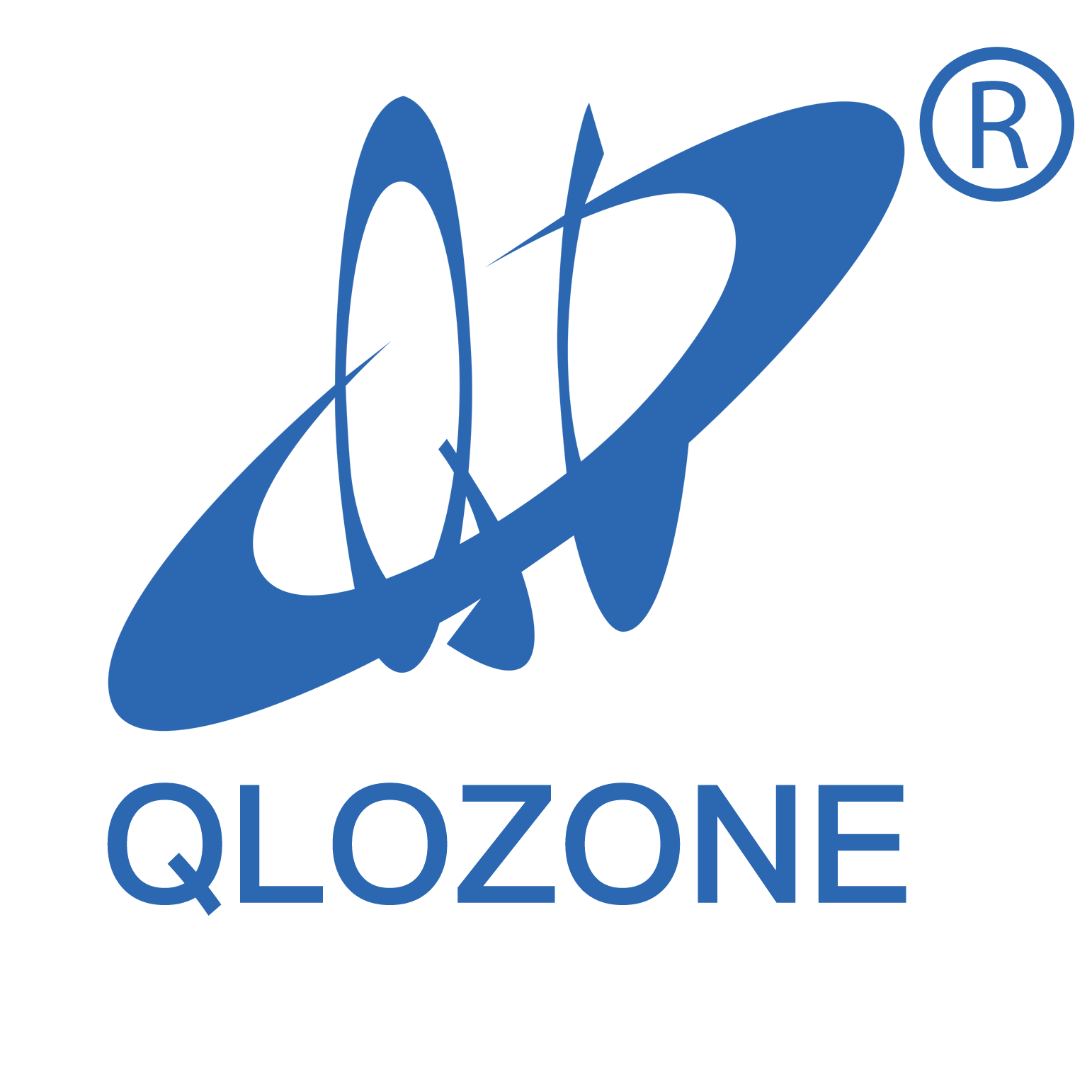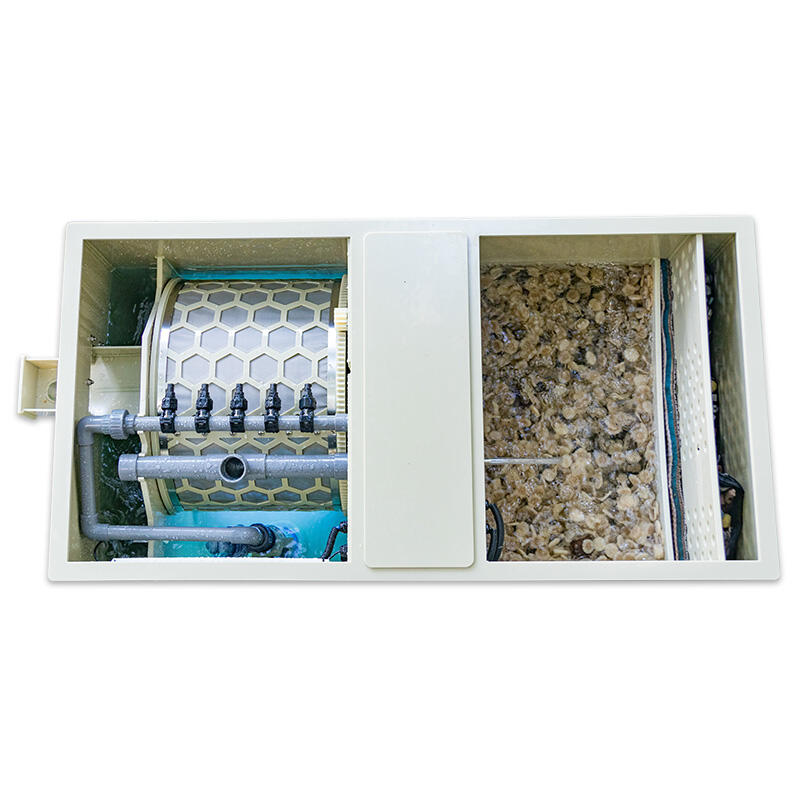Essential Guidelines for Successful Koi Pond Filtration
Creating the perfect environment for koi fish requires careful attention to filtration systems. A properly installed koi pond filter is crucial for maintaining water quality and ensuring the health of your precious koi. However, many pond owners encounter challenges during the installation process that can compromise their filtration system's effectiveness. Understanding these common pitfalls and learning how to avoid them will help you create an optimal living space for your koi.
A koi pond filter serves as the cornerstone of your pond's ecosystem, removing debris, breaking down waste, and maintaining crystal-clear water. When installed correctly, it works seamlessly to support your pond's biological balance. Yet even experienced pond enthusiasts sometimes make mistakes that can lead to poor filtration performance and potential health issues for their koi.
Fundamental Principles of Koi Pond Filter Installation
Choosing the Right Filter Size
One of the most critical aspects of koi pond filter installation is selecting the appropriate size for your pond. Many pond owners underestimate their filtration needs, leading to inadequate water processing. The general rule is to choose a koi pond filter rated for at least twice your actual pond volume, considering factors like fish stock density and feeding habits.
When calculating your filter requirements, remember that koi produce more waste than ordinary pond fish. A filter that might work perfectly for a decorative pond may struggle to handle the bioload of a koi collection. Consider future growth as well – both in terms of fish size and potential additions to your koi family.
Proper Placement and Positioning
The location of your koi pond filter can significantly impact its performance. Installing it too far from the pond increases pumping requirements and reduces efficiency. Position your filter system where it's easily accessible for maintenance while maintaining proper flow rates. Consider protecting it from direct sunlight to prevent algae growth and extend the life of UV components if included.
Height differences between the pond and filter also matter. Many newcomers place their filters too high, straining the pump and potentially causing flow issues. The ideal setup minimizes height differentials while ensuring proper gravity return if applicable.
Critical Components and Their Integration
Pump and Filter Compatibility
Matching your pump to your koi pond filter specifications is essential for optimal performance. A pump that's too powerful can overwhelm the filter media, while an undersized pump won't provide adequate flow. Always check manufacturer recommendations for flow rates and ensure your pump matches these specifications.
Consider installing a variable-speed pump that allows you to adjust flow rates as needed. This flexibility helps optimize filtration during different seasons and as your pond's requirements change over time.
Plumbing and Connection Considerations
Proper pipe sizing and connection methods are crucial yet often overlooked aspects of koi pond filter installation. Using pipes that are too small can restrict flow and reduce efficiency, while oversized pipes may lead to insufficient flow velocity. Ensure all connections are properly sealed and use appropriate fittings to prevent leaks and maintain optimal flow rates.
Include isolation valves in your plumbing design to facilitate maintenance without draining the entire system. This simple addition saves time and reduces stress on your koi during routine filter cleaning.

Maintenance Access and System Design
Creating Convenient Service Points
Think ahead about maintenance requirements when installing your koi pond filter. Many installations fail to provide adequate access for routine cleaning and service. Ensure all components, including mechanical and biological media, can be easily reached and removed when necessary. Consider installing viewing windows or monitoring points to assess filter performance without disassembly.
Include bypass valves and service ports in your design to simplify maintenance procedures. These features allow for partial system operation during cleaning and make it easier to perform water changes or add treatments when needed.
Weather Protection and Seasonal Considerations
Your koi pond filter installation must account for local weather conditions. In regions with freezing winters, protect pipes and components from damage. Install heating elements or insulation where necessary, and consider housing sensitive equipment in a sheltered location or dedicated filter house.
Design your system with seasonal maintenance in mind, including provisions for winterizing when required. Incorporate drain points at strategic locations to prevent water from becoming trapped and freezing during cold weather.
Biological Considerations and Water Quality
Establishing Beneficial Bacteria
A common mistake in new koi pond filter installations is failing to properly cycle the system before introducing fish. Beneficial bacteria need time to colonize filter media and establish effective biological filtration. Plan for a cycling period of several weeks, using ammonia sources to feed bacteria growth while monitoring water parameters.
Consider using bacterial supplements to speed up the cycling process, but avoid shortcuts that might compromise long-term stability. Maintain consistent water flow and temperature during this critical establishment phase.
Water Parameter Management
Installing test ports and monitoring points helps track water quality parameters effectively. Regular testing is essential for maintaining optimal conditions for your koi. Include provisions for adding water treatments and maintaining proper pH levels, considering how these additions will integrate with your filtration system.
Design your system to accommodate future additions like UV sterilizers or protein skimmers without major modifications. This forward-thinking approach ensures your filtration can evolve with your pond's needs.
Frequently Asked Questions
How Often Should I Clean My Koi Pond Filter?
Regular maintenance intervals depend on your specific setup and fish load, but generally, mechanical filters should be cleaned every 2-4 weeks, while biological media should be gently rinsed only when necessary, typically every 3-6 months. Never clean all biological media at once to maintain beneficial bacteria colonies.
Can I Run My Koi Pond Filter 24/7?
Yes, koi pond filters should run continuously to maintain water quality and support beneficial bacteria. Interrupting filtration can disrupt biological processes and stress your koi. Install a backup power supply for critical components to prevent system failures during power outages.
What Size Filter Do I Need for My Koi Pond?
Choose a filter rated for at least twice your pond's volume. For example, a 5,000-gallon pond should have a filter rated for 10,000 gallons or more. Consider factors like fish quantity, feeding rates, and local climate when sizing your filtration system.

